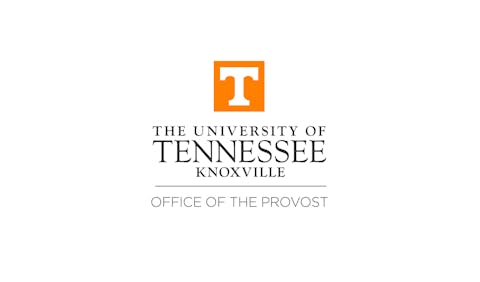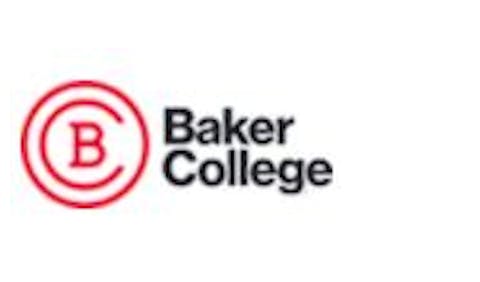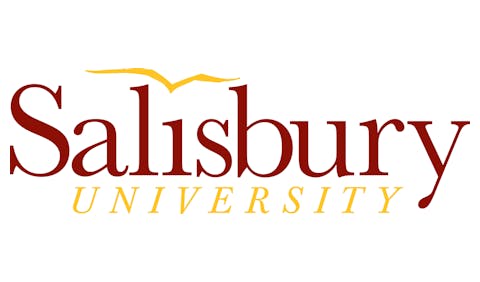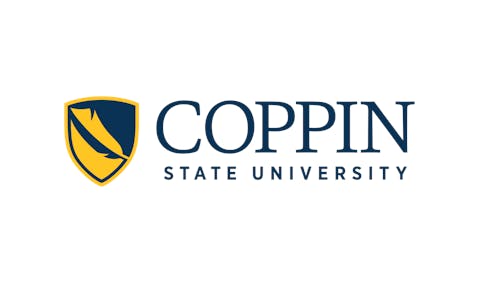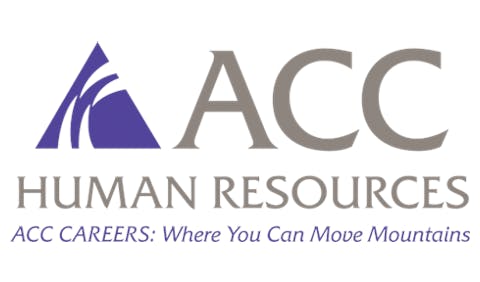 Dr. Suzanne T. Ortega
Dr. Suzanne T. Ortega
“The long-range consequences of the pandemic, the verdict is still out; the immediate shorter-term consequences of the pandemic, we’ve worked our way through,” said Dr. Suzanne T. Ortega, president of CGS.
“Graduate Enrollment and Degrees: 2013 to 2023 Report” shows that from fall 2022 to fall 2023 graduate school applications increased by 5.6%, driven by a 15.8% increase at master’s colleges and universities and a 17.4% increase at doctoral universities with high research activities.
From fall 2022 and fall 2023, first-time graduate student enrollment rose by 3.1% with almost all types of institutions reporting increases. Doctoral or professional universities had the greatest increase at 11.6% in enrollment. Of particular note was the increased first-time enrollment of individuals from underrepresented groups, with Black/African American students increasing by 6.3% and Latinx students increasing by 7.6%.
Dr. Jorge Burmicky, an assistant professor in the Department of Educational Leadership & Policy Studies in the School of Education at Howard University, said there is a growing interest among students in pursuing a terminal degree in higher education
“Howard being an HBCU that offers such a terminal degree, it’s very appealing to students, especially students who never had the opportunity to attend an HBCU,” said Burmicky. “A lot of people need the terminal degree to advance in their careers. That’s where we’re seeing the most gains, people who are already employed in the field, but they need the credential to make sure they don’t have a ceiling on their career opportunities.”
From fall 2022 to fall 2023, total graduate enrollment increased for Latinx (1.5%), Black/African American (1.6%) and Native American/Pacific Islander (3.8%), but decreased for white and Asian students.
Dr. Deborah A. Santiago, chief executive officer of Excelencia in Education, noted that opportunity begets opportunity. She said that more Latinx students are earning bachelor’s degrees, which puts them in the position to apply for and attend graduate school.
“The Latinx community believes in higher ed,” said Santiago. “This is a manifestation of that at a time where we’re seeing a drop in white and Asian students. … Many communities of color believe education could be the great economic equalizer. Increasingly, the value add is at master’s or doctoral level and not just a baccalaureate.”
The report also notes a post-pandemic rebound. Domestic first-time graduate enrollment increased along with international enrollment. The past two CGS reports, domestic enrollment decreased while only international student enrollment increased.
“We were gratified that domestic enrollment increased, that international enrollment increased, although that rate of increase has flattened somewhat,” said Ortega. “We are not yet back to the high point in 2020 in terms of absolute numbers. We really need to continue our efforts to recruit a robust and diverse pool of applicants, and that’s one of the reasons we’re so gratified by our members’ responses to use of recruiting tools like the National Name Exchange (aims to expand access to graduate education), the McNair Scholars list and to see them doubling down on outreach farther back into the pipeline.”
Ortega explained that undergraduate research opportunities and post-baccalaureate transition programs help support access to graduate education.
Dr. Lisa S. Lanier, CGS director of research, said that a majority of graduate degrees that were conferred in 2022 and 2023 were at the master’s level (80.8%).
“We’re seeing also the number of graduate certificates increasing as well,” said Lanier.
The areas in which students are enrolling the most, including education and counseling, point to opportunities in the job market. According to the U.S. Bureau of Labor Statistics, graduate schools need to produce more educational, guidance and career counselors as well as administrators to meet the projected job openings in these fields.
Burmicky, whose research focuses on higher education, said that what he’s observed at Howard supports these findings.
“We’ve just reviewed our cycle for admission for next year and we have the most applications we’ve ever received,” he said. “Particularly in higher ed, we have done much better at really getting more applicants of color in the field and becoming a more inclusive field.”
Ortega said the CGS is delighted to see the increases from underrepresented populations, but there is still a lot of work to do. This includes nurturing long-range potential in students at community colleges.
“Thinking carefully about strategies for recruiting a broad pool of applicants, including those who are working adults, those who have completed some graduate coursework but not completed a degree, and we’ve got some really interesting innovations going on in that space,” Ortega said. “Also, projects and programs that are focused on mentoring, career advising and the kind of advising that’s necessary for all students to feel included and succeed.”










